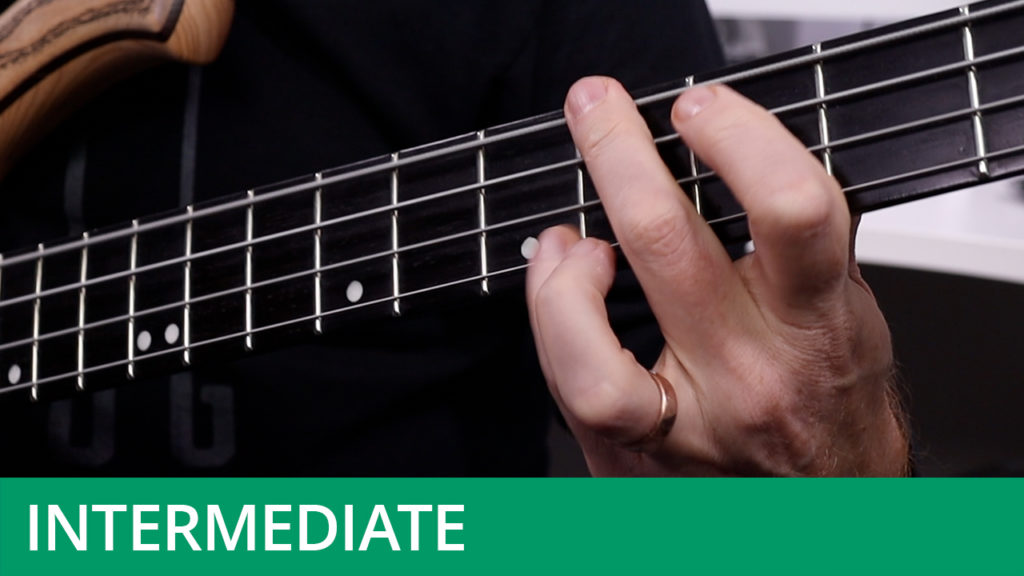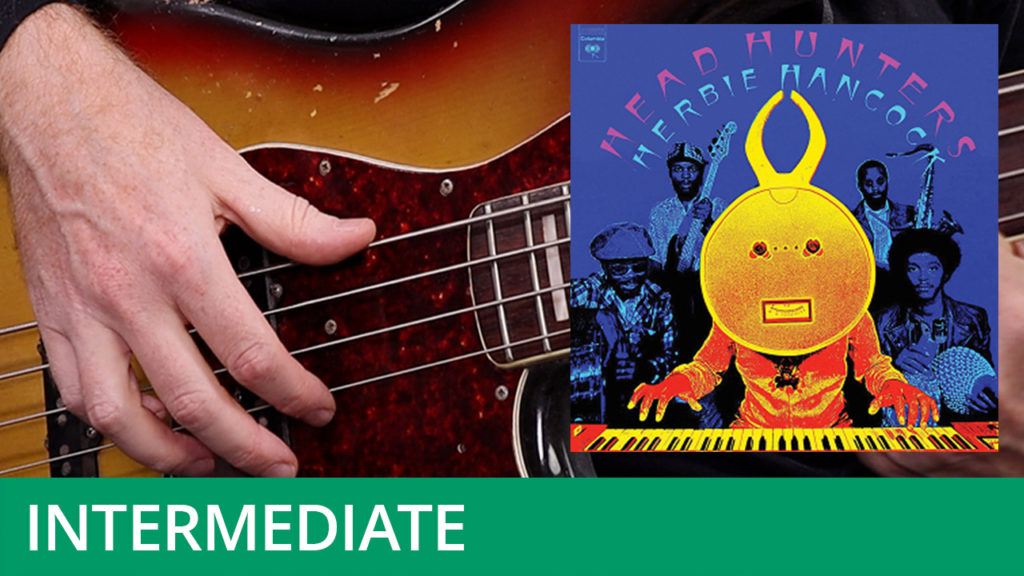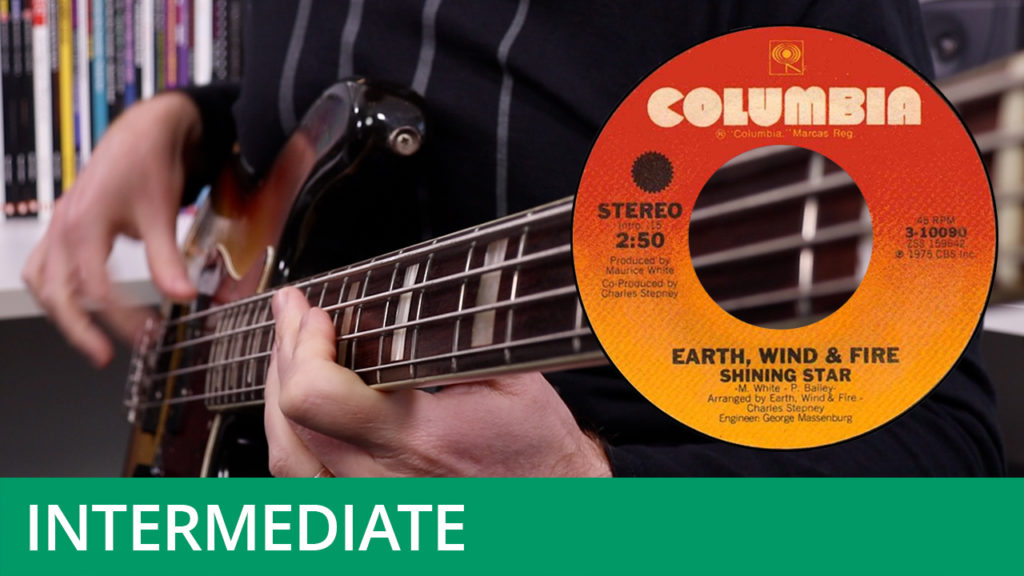Bass Lick of the Week #50
Course Duration: | Difficulty Level: 4
This week’s exercise is a melodic line that uses tenths and chords to outline the harmony.
In the first bar, a descending figure B - G# - E is played following an open E-string. These notes are the fifth, third and root of an E major chord, so the tonality is very well-defined here. At the end of the second beat a new figure is played on the A and D-strings, culminating in a C# at the eleventh fret of the D-string and the open A-string. These two notes together are a major tenth interval from A, and so strongly outline the A major chord. If you’re not familiar with the term, a tenth is a compound major or minor third - essentially an octave plus a third. Tenths are popular harmonic devices on the bass as they are great for implying harmony with just two notes.
The second bar and most of the third are identical to the first. At the end of the third bar, the open E that had been played on the final semiquaver of the bar is replaced with a C at the eighth fret of the E-string - I recommend fretting this note with your first finger. With this C still ringing, fret the B and E at the ninth fret of the D and G-strings with the second and third fingers respectively. These notes are the major seventh and major third of a C^7 chord. This chord is followed by a D major chord: fret the D on the E-string with the first finger, the F# on the G-string with the second and the D on the D-string with the third. When playing this chordal line, I used my thumb to pluck notes on the E-string and my first and second fingers to pluck the notes on the D and G-strings.
This exercise was recorded on my Zon Sonus bass. You’ll find that chordal lines such as this one sound great with a touch of reverb or chorus.
To download the backing track and PDF worksheet for this exercise, please visit the Free Stuff section of the website.




